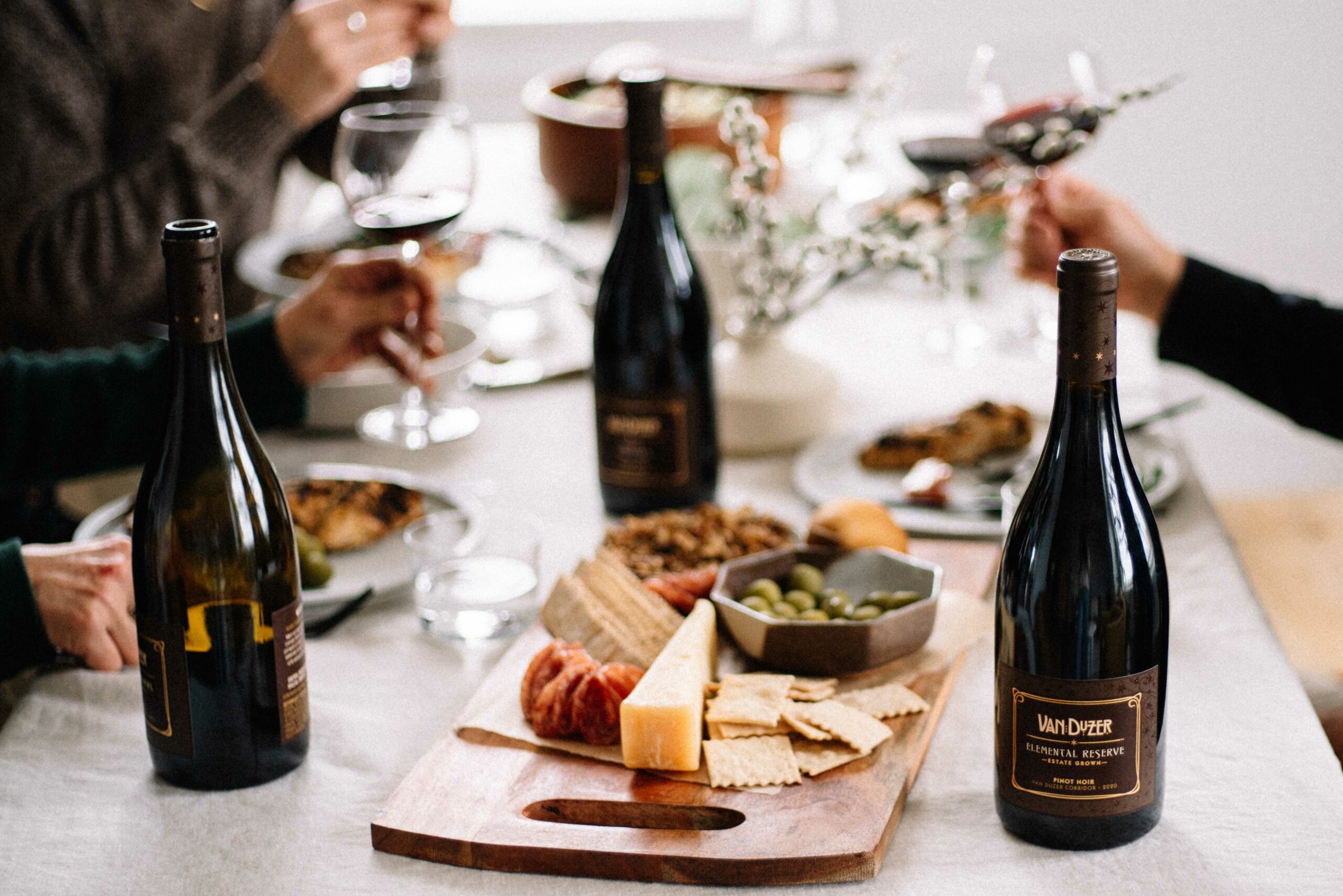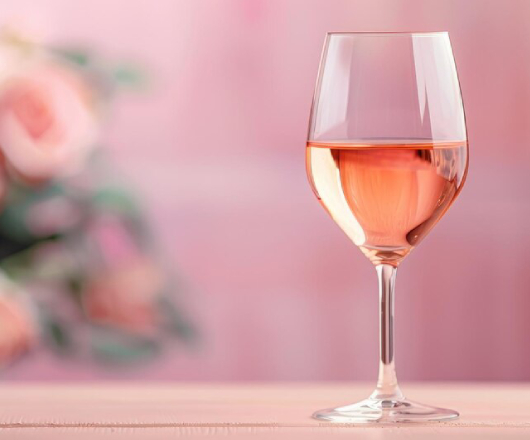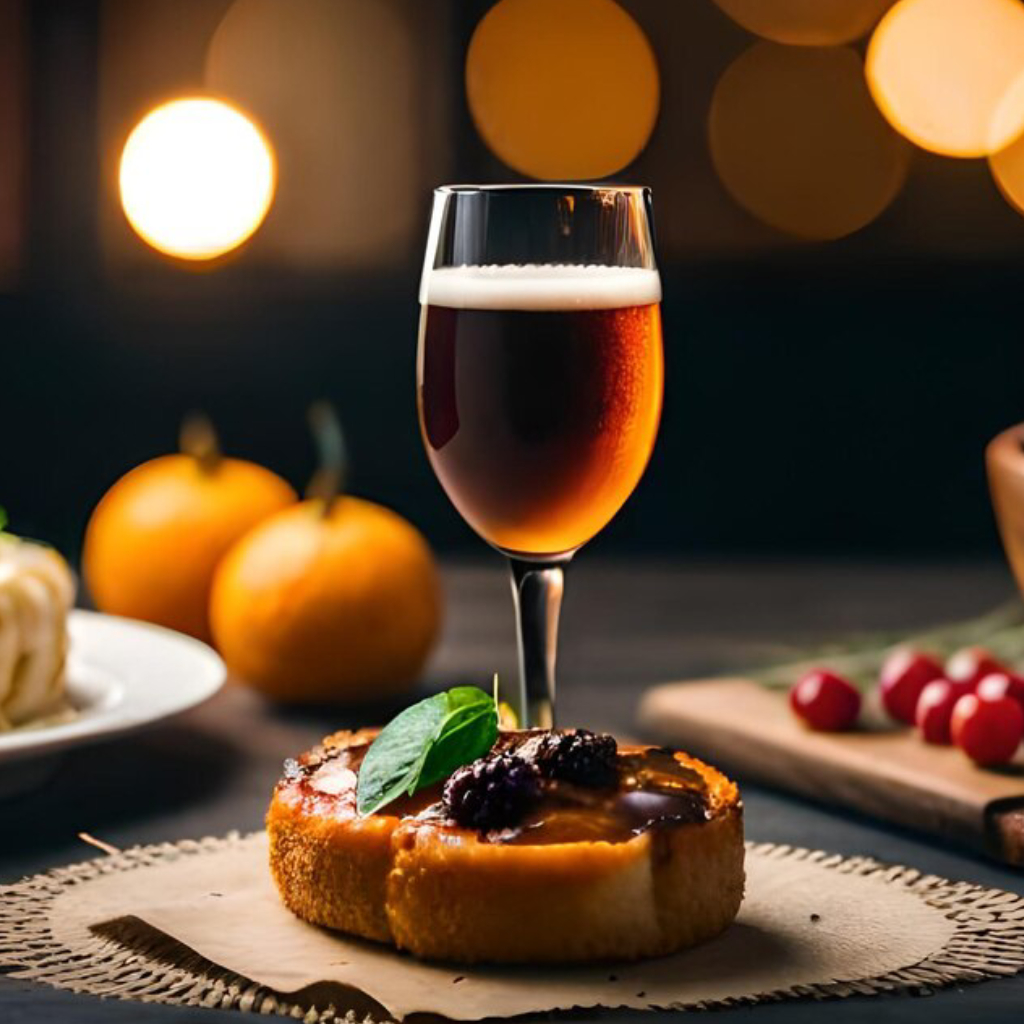As a seasoned wine educator and hospitality professional with over 20 years of experience, I am passionate about sharing my knowledge of wine and hospitality with others. With a strong background in hotel management and a specialization in wine education, I have had the privilege of working with leading hotels, ocean liners, and wine institutions around the world.
Wine is an alcoholic beverage made from fermented grapes. Here are the basics:
Wine is made from various grape varieties, each imparting unique flavors and characteristics.
Compounds that give wine its astringent, drying sensation and help preserve it.
Balances sweetness and tannins, contributing to wine's freshness and aging potential.
Residual sugar affects wine's sweetness level.

Red: Fermented with grape skins, resulting in rich, bold flavors (e.g., Cabernet Sauvignon, Merlot).
White: Fermented without grape skins, producing crisp, refreshing flavors (e.g., Chardonnay, Sauvignon Blanc).
Rosé: Made from red grapes, with minimal skin contact, resulting in a pink hue and fruity flavors.
Sparkling: Carbonated wine, often made using the traditional method (e.g., Champagne).
Dessert: Sweet, rich wines, often served with dessert or cheese (e.g., Port, Sherry).

Pair light dishes with light wines, and rich dishes with full-bodied wines.
Pair wines with dishes that share similar flavor profiles.
Pair wines with dishes that have contrasting flavor profiles to create balance.
Serve at the right temperature: Red wines (55°F-65°F), white wines (45°F-55°F), and sparkling wines (40°F-50°F).
Store in a cool, dark place: Ideal storage conditions for wine are between 50°F-60°F, with humidity levels around 50-70%.
This brief introduction covers the fundamentals of wine. Whether you're a beginner or an experienced wine enthusiast, there's always more to explore and discover in the world of wine.

Sparkling wine is a type of wine that is carbonated, either naturally or artificially. This style of wine is known for its effervescence and is often served at celebrations and special occasions.
Production Method: Sparkling wine is made using the traditional method, where a second fermentation takes place in the bottle. This process creates the carbonation that gives sparkling wine its characteristic bubbles.
Flavor Profile: Sparkling wine can range from sweet to dry, with flavors of green apple, citrus, and toast.
Examples: Champagne, Prosecco, Cava, Sparkling Shiraz

White wine is a type of wine made from white or green grapes that are fermented without their skins. This style of wine is known for its crisp acidity and flavors of green apple, citrus, and floral notes.
Production Method: White wine is made using a process called cold fermentation, where the grape juice is fermented at a cool temperature to preserve the delicate flavors and aromas.
Flavor Profile: White wine can range from crisp and refreshing to rich and creamy, with flavors of green apple, citrus, and floral notes.
Examples: Chardonnay, Sauvignon Blanc, Riesling, Pinot Grigio.

Red wine is a type of wine made from red or black grapes that are fermented with their skins. This style of wine is known for its rich flavors of dark fruit, spices, and tannins.
Production Method: Red wine is made using a process called maceration, where the grape juice is left in contact with the skins for a period of time to extract the colors, flavors, and tannins.
Flavor Profile: Red wine can range from light and fruity to full-bodied and complex, with flavors of dark fruit, spices, and tannins.
Examples: Cabernet Sauvignon, Merlot, Pinot Noir, Syrah/Shiraz

Rosé wine is a type of wine made from red grapes that are fermented for a shorter period of time than red wine. This style of wine is known for its pink color and flavors of strawberry, watermelon, and floral notes.
Production Method: Rosé wine is made using a process called saignée, where the grape juice is left in contact with the skins for a short period of time to extract the colors and flavors.
Flavor Profile: Rosé wine can range from dry and crisp to sweet and fruity, with flavors of strawberry, watermelon, and floral notes.
Examples: Provence Rosé, White Zinfandel, Rosé of Syrah/Shiraz

Dessert wine is a type of wine that is sweet and rich, often served as a dessert or used as an ingredient in cooking. This style of wine is known for its high sugar content and flavors of dried fruit, honey, and spices.
Production Method: Dessert wine is made using a process called passerillage, where the grapes are left on the vine to ripen and dry, resulting in a sweet and concentrated juice.
Flavor Profile: Dessert wine can range from sweet and fruity to rich and complex, with flavors of dried fruit, honey, and spices.
Examples: Port, Sherry, Ice-wine, Sauternes.

Fortified wine is a type of wine that has been strengthened with a neutral grape spirit, often used to extend the shelf life of the wine. This style of wine is known for its rich flavors and high alcohol content.
Production Method: Fortified wine is made using a process called fortification, where a neutral grape spirit is added to the wine to stop the fermentation process and preserve the wine.
Flavor Profile: Fortified wine can range from sweet and fruity to rich and complex, with flavors of dried fruit, nuts, and spices.
Examples: Port, Sherry, Vermouth, Madeira

Winemaking is the process of producing wine from grapes or other fruits. It involves a series of steps that transform the raw materials into a delicious and complex beverage. Here's an overview of the winemaking process:
Grapes are typically harvested in the fall, when they are ripe and ready to be picked. The grapes are carefully hand-picked or mechanically harvested to avoid bruising or damaging the fruit.
The grapes are crushed to release the juice from the skins. The grape skins are left intact, as they contain tannins, pigments, and flavor compounds that are essential for winemaking. The grape stems are removed, as they can impart bitter flavors to the wine.
Some winemakers choose to cold soak the grape juice at a temperature around 10°C (50°F) for a few days to extract more flavor and aroma compounds from the skins.
The grape juice is transferred to a fermentation tank where it is inoculated with yeast. The yeast ferments the sugars in the juice, producing ethanol and carbon dioxide. Fermentation can take anywhere from 7-14 days, depending on the grape variety and desired level of extraction.
After fermentation is complete, the wine is left in contact with the grape skins for an additional period of time, known as maceration. Maceration can last anywhere from a few days to several weeks, depending on the desired level of extraction and the grape variety.
After maceration is complete, the wine is pressed to separate the liquid from the solids. The resulting wine is called the "free run" juice.
Some winemakers choose to undergo malolactic fermentation, a secondary fermentation process that converts malic acid into lactic acid. This process can help to soften the tannins and add complexity to the wine.
The wine is transferred to oak barrels or stainless-steel tanks for aging. The aging process allows the wine to mature and develop its flavors and aromas. Some winemakers may also choose to blend different grape varieties or wines to create a unique flavor profile.
Once the wine has aged to the winemaker's satisfaction, it is bottled and prepared for release. The wine is then released to the market, where it can be enjoyed by consumers.
White wine and red wine making differ in several key ways, primarily due to the differences in grape skin color and the desired flavor profiles of the wines.
Grape skin contact: Red wine is made by fermenting the grape juice with the grape skins, which contain tannins, pigments, and flavor compounds. This process is called maceration. White wine, on the other hand, is made by fermenting the grape juice without the grape skins, or with minimal skin contact.
Fermentation temperature: Red wine fermentation typically occurs at warmer temperatures (25-30°C/77-86°F) to extract more tannins and flavor compounds from the grape skins. White wine fermentation usually takes place at cooler temperatures (15-20°C/59-68°F) to preserve the delicate flavors and aromas.
Maceration time: Red wine maceration can last from 7-30 days, depending on the grape variety and desired level of extraction. White wine, with minimal skin contact, typically has a shorter maceration time or none at all.
Pressing: Red wine is usually pressed after maceration to separate the wine from the grape skins. White wine is often pressed immediately after crushing to minimize skin contact.
Aging: Red wine often requires longer aging periods (1-5 years or more) to soften tannins and develop complex flavors. White wine, with fewer tannins, typically requires shorter aging periods (6-24 months) to preserve its freshness and aromas.
Yeast selection: Red wine yeast strains are often more tolerant of high temperatures and tannins, while white wine yeast strains are more suited to cooler temperatures and delicate flavors.
Oak aging: Red wine is more likely to be aged in oak barrels, which impart flavors of vanilla, caramel, and spices. White wine may also be aged in oak, but it's less common.
Blending: Red wine blending is more common, as different grape varieties can contribute to the final wine's complexity and balance. White wine blending is less common, but still practiced to create unique flavor profiles.